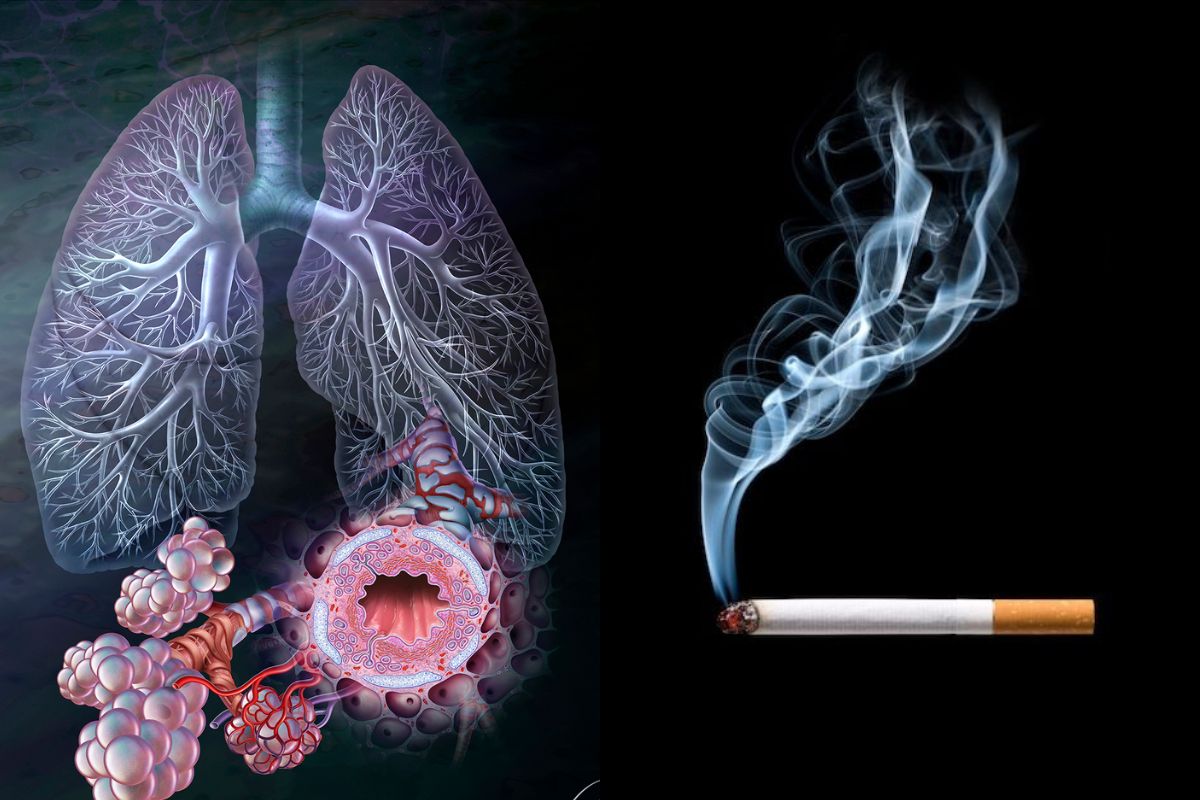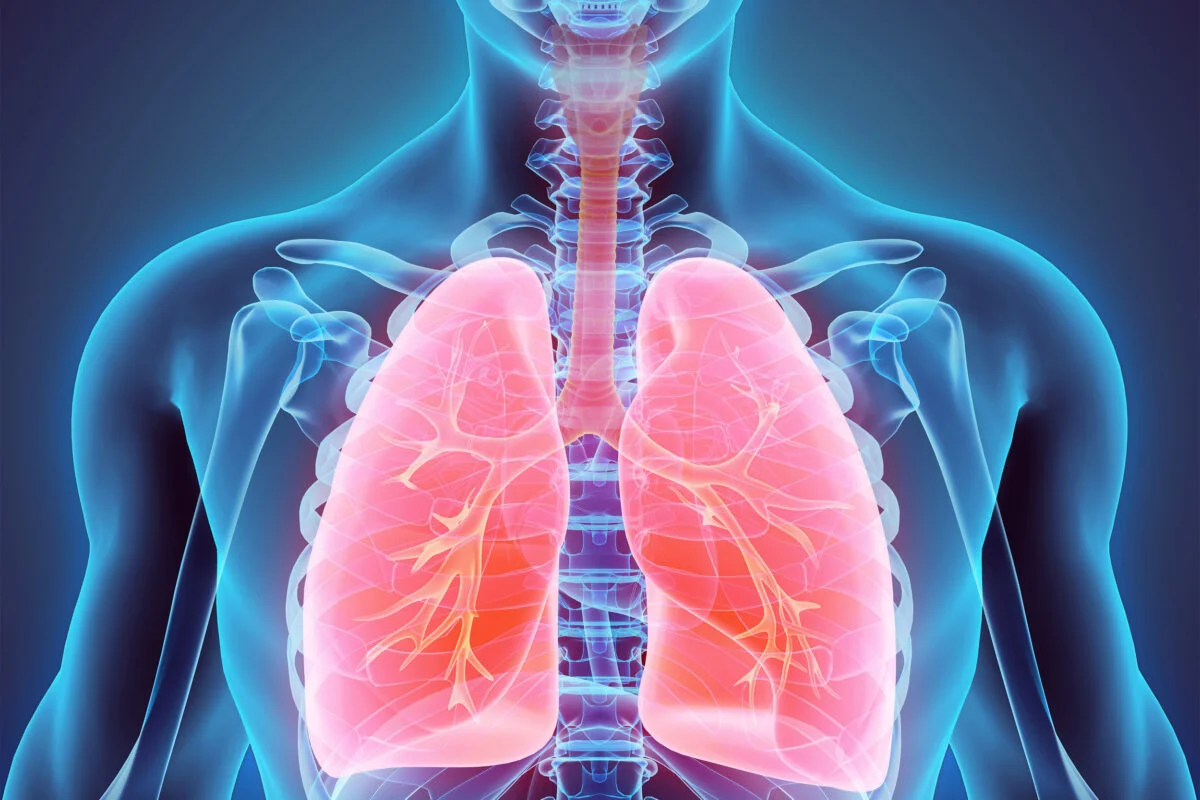Lung cancer, a leading cause of death worldwide, casts a long shadow. While other factors can contribute, smoking remains the single biggest risk factor. This article dives deep into the connection between smoking and lung cancer, explores the disease itself, and offers guidance on how to break free from tobacco’s grip.
What is Lung Cancer?
Lung cancer arises when cells in the lungs undergo abnormal growth and division, forming tumors. These tumors can interfere with lung function, impairing breathing and potentially spreading to other parts of the body. There are two primary types of lung cancer: non-small cell lung cancer and small cell lung cancer. Non-small cell lung cancer, which includes adenocarcinoma, squamous cell carcinoma, and large cell carcinoma, is the most common type, while small cell lung cancer tends to grow and spread more rapidly.
How Smoking Affects Lungs
Cigarette smoke contains more than 7,000 chemicals, many of which are toxic and carcinogenic (cancer-causing). When inhaled, these chemicals damage the cells that line the lungs, leading to chronic inflammation and mutations in the cellular DNA. Over time, these mutations can cause cells to grow uncontrollably, resulting in the formation of cancerous tumors.
Symptoms of Lung Cancer
Lung cancer may not present noticeable symptoms in the early stages. However, as the disease progresses, you might experience:
- A persistent cough that doesn’t go away, even with treatment
- Coughing up blood or blood-stained mucus
- Shortness of breath, especially during exertion
- Chest pain, often worsened by deep breathing, coughing, or laughing
- Hoarseness
- Unintended weight loss
- Fatigue and tiredness
These symptoms can also be caused by other conditions, so it’s important to see a doctor if you experience any of them for a persistent period.
Other Risk Factors
While smoking is the primary culprit, other factors can contribute to lung cancer risk:
- Exposure to secondhand smoke: Being around someone who smokes significantly increases your risk.
- Exposure to radon: This naturally occurring radioactive gas can be present in homes and buildings.
- Family history: Having a close relative with lung cancer slightly increases your risk.
- Air pollution: Long-term exposure to air pollution can be a factor.
- Occupational hazards: Exposure to asbestos, chemicals like chromium or arsenic, and other substances can increase risk.
Gender and Lung Cancer
The impact of lung cancer isn’t uniform across genders. Statistics reveal stark differences in its prevalence and manifestation between males and females. Among Indian males, lung cancer ranks as the leading cause of cancer-related mortality, claiming a staggering number of lives each year. The disparity in mortality rates between males and females is evident, with males being disproportionately affected. The male-to-female ratio stands at 4.5:1, highlighting the increased vulnerability of men to this disease. However, with increasing smoking rates among women, the gap is narrowing.
The Grim Reality of Smoking
Smoking is undeniably the single most significant risk factor for lung cancer. The statistics paint a grim picture, with smokers being at a substantially higher risk of developing the disease compared to non-smokers. The smoker-to-non-smoker ratio is alarming, standing at 20:1 in various reports. As individuals age, particularly beyond 40 years, the risk escalates further, with squamous cell carcinoma emerging as the predominant type among smokers, while adenocarcinoma is more common among non-smokers.
How to Quit Smoking
Breaking free from the clutches of smoking is undoubtedly challenging, but it’s not impossible. With determination, support, and the right strategies, individuals can embark on the journey to a smoke-free life. Here are some effective tips for quitting smoking:
- Set a Quit Date: Choose a date to quit smoking and commit to it wholeheartedly.
- Seek Support: Share your decision with friends, family, and healthcare professionals who can provide encouragement and assistance.
- Explore Nicotine Replacement Therapy (NRT): Consider using NRT products like nicotine patches, gums, or lozenges to help manage cravings.
- Stay Busy: Engage in activities that keep your mind occupied and distract you from the urge to smoke.
- Avoid Triggers: Identify and steer clear of situations or activities that trigger the desire to smoke.
- Stay Positive: Stay optimistic and remind yourself of the benefits of quitting, such as improved health and financial savings.
- Consider Professional Help: Don’t hesitate to seek professional help or join support groups for additional guidance and motivation.
Quitting smoking is a journey filled with challenges and setbacks, but each day without cigarettes is a victory worth celebrating. Remember, it’s never too late to quit smoking and reclaim control over your health and well-being.
Disclaimer: This material, including advice, provides general information only. It is in no way a substitute for a qualified medical opinion. Take the methods, and claims mentioned in this article as suggestions only; DNP India does not confirm or refute them. Consult a doctor before implementing any such suggestions/ treatment/medicine/diet.












